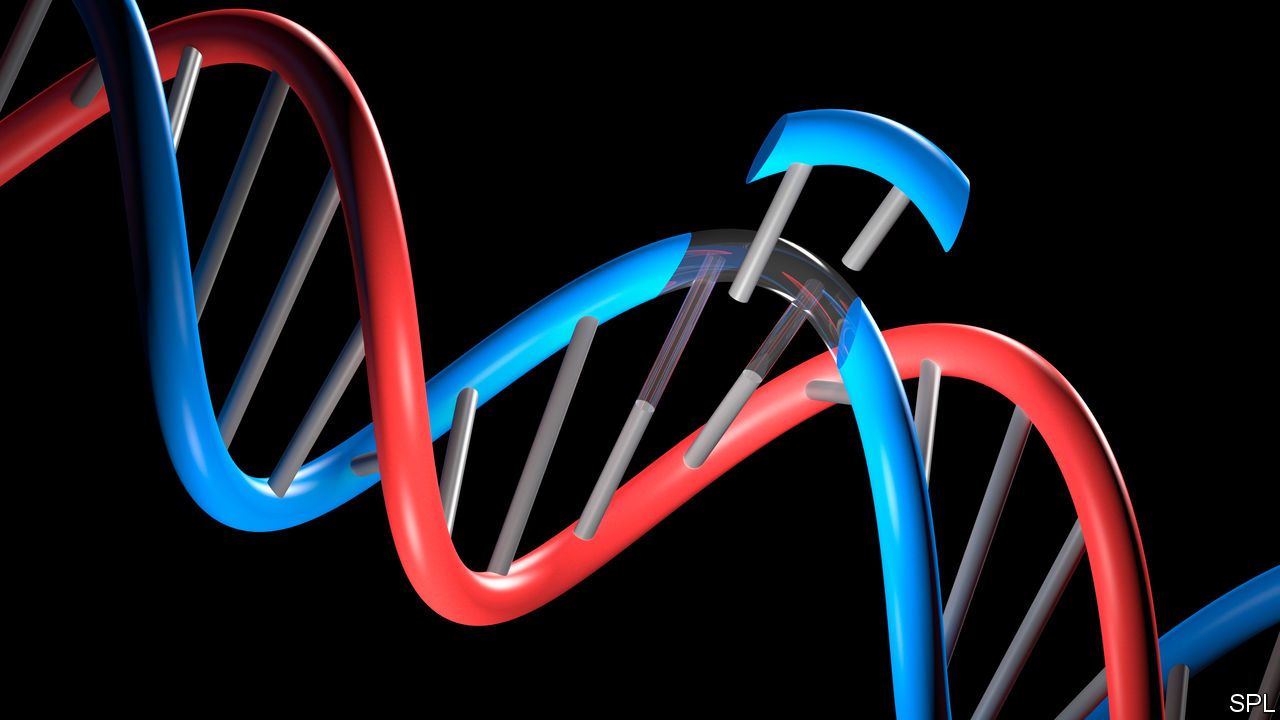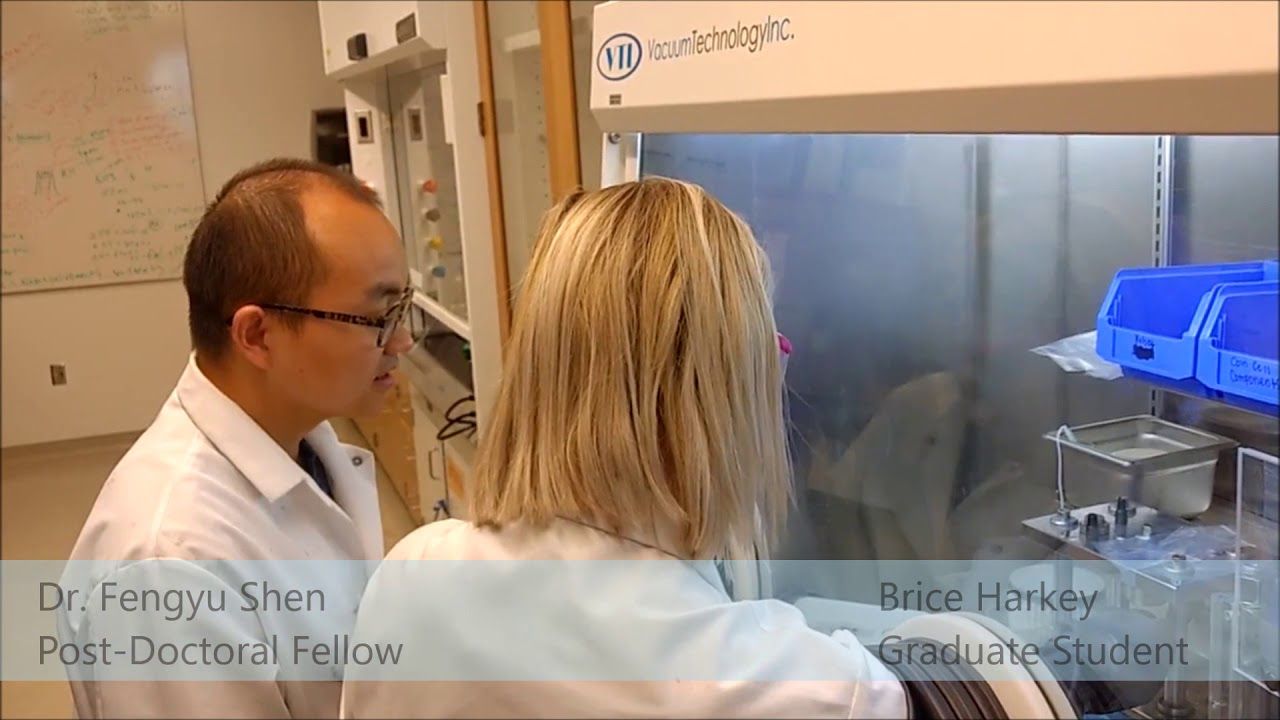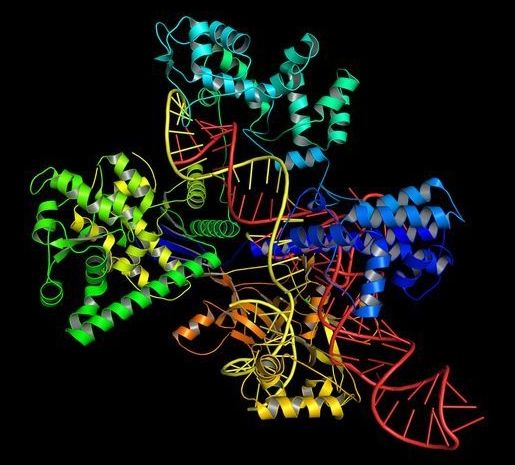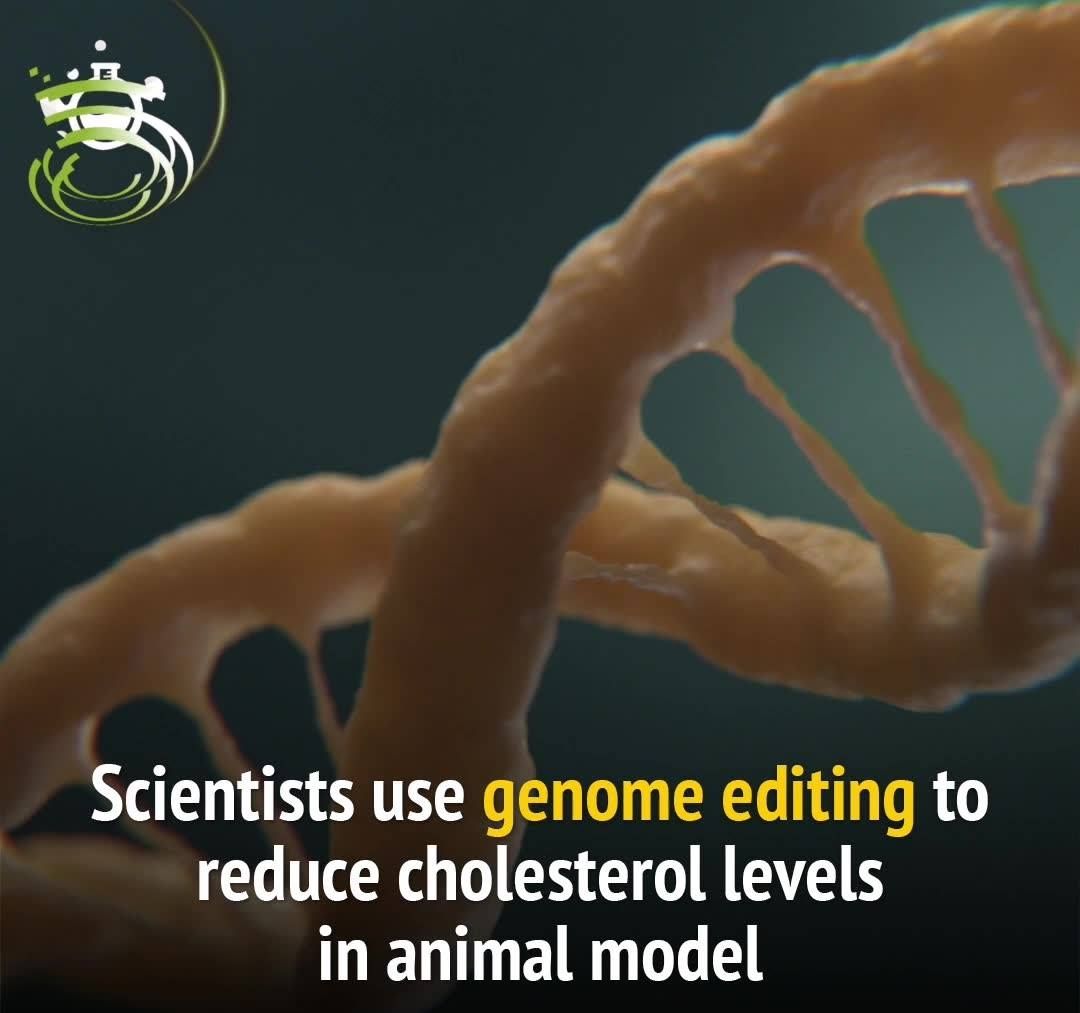From Martha’s Vineyard to New Zealand, the power of new genetic tools provokes concern and collaboration.
Crispr technology may allow scientists to change the environment forever, but working with the affected localities presents a challenge.


I’m excited to share I’ll be speaking/debating at the upcoming #Biohack the Planet 2018 conference in Oakland on Aug 31 & Sept 1. Many interesting biohackers will be there. Tickets are still available and very reasonably priced right now, but they will likely sell out. Hope to see you there! Here’s the speaker list: http://biohacktheplanet.com/2018-speakers/ #transhumanism #biohacker & ticket page: https://www.eventbrite.com/e/biohack-the-planet-2018-ticket…
Bryan Johnson is the founder and CEO of Kernel, OS Fund and Braintree.
In 2016, Bryan invested $100M in Kernel to build advanced neural interfaces to treat disease and dysfunction, illuminate the mechanisms of intelligence, and extend cognition. Kernel is on a mission to dramatically increase our quality of life as healthy lifespans extend. He believes that the future of humanity will be defined by the combination of human and artificial intelligence (HI +AI). In 2014, Bryan invested $100M to start OS Fund which invests in entrepreneurs commercializing breakthrough discoveries in genomics, synthetic biology, artificial intelligence, precision automation, and new materials development. Bryan founded Braintree in 2007, later acquiring Venmo, which he sold to Ebay in 2013 for $800M. He is an outdoor-adventure enthusiast, pilot, and author of a children’s book, Code 7.

Michael Specter is a staff writer at The New Yorker.
Since joining the magazine in 1998, he has written about agricultural biotechnology, the global AIDS epidemic, avian influenza, malaria, the world’s diminishing freshwater resources, synthetic biology, geoengineering, new ways to edit DNA with CRISPR, and the implications of gene drive technology. His profile subjects include: Ingrid Newkirk, the founder of PETA, Dr. Oz, Peter Singer, Vandana Shiva, Miuccia Prada, and Richard Branson. Specter came to The New Yorker from the New York Times, where he had been a roving foreign correspondent based in Rome. From 1995 to 1998, Specter served as co-chief of The Times Moscow bureau. Before working at the Times he was the New York Bureau Chief of The Washington Post.

When CRISPR-Cas9 is used to edit genomes, off-target DNA damage is more common than previously thought.
A GREAT deal rides on the accuracy of the gene-editing tool known as CRISPR-Cas9. Since its discovery in 2012 it has become popular for tinkering with genomes of all kinds, thanks to its ability to make editing cheap and easy. Firms such as CRISPR Therapeutics, Intellia Therapeutics and Editas Medicine have been built on the idea that it could be used to develop treatments for human diseases. Editas, based in Cambridge, Massachusetts, announced this year that it would work on five new human medicines over the next five years.
In China the technology is already in clinical use. In Hangzhou Cancer Hospital, for example, CRISPR-Cas9 is being employed to engineer immune-system cells removed from patients with cancer of the oesophagus. The hope is that when the engineered cells are returned to a patient’s body, the editing will have improved their ability to attack tumours. More studies involving human beings are expected in other countries for the treatment of beta-thalassaemia, a blood disorder, and Leber’s congenital amaurosis, a form of blindness. Further ahead, there is hope that CRISPR-Cas9 will help treat diseases such as AIDS, cystic fibrosis, Huntington’s chorea and Duchenne muscular dystrophy.
Get our daily newsletter
Upgrade your inbox and get our Daily Dispatch and Editor’s Picks.

The race to produce safe, powerful and affordable solid-state lithium batteries is accelerating and recent announcements about game-changing research using a solid non-flammable ceramic electrolyte known as garnet has some in the race calling it revolutionary.
“This is a paradigm shift in energy storage,” said Kelsey Hatzell, assistant professor of mechanical engineering. A paper – “The Effect of Pore Connectivity on Li Dendrite Propagation Within LLZO Electrolytes Observed with Synchrotron X-ray Tomography” – describing her novel research on the failure points of a garnet electrolyte was published online in March in the American Chemical Society’s Energy Letters, which was among the most read ACS Letters articles that month.
Lithium-ion batteries typically contain a liquid organic electrolyte that can catch fire. The fire risk is eliminated by the use of a non-flammable garnet-based electrolyte. Replacing liquid electrolytes with a solid organic like garnet also potentially lowers the cost by increasing battery life.



Synthetic biologists are the computer programmers of biology. Their code? DNA.
The whole enterprise sounds fantastical: you insert new snippets of DNA code—in the form of a chain of A, T, C, G letters—into an organism, and bam! Suddenly you have bacteria that can make anti-malaria drugs or cells that can solve complicated logic problems like a computer.
Except it’s not that simple. The basis of synthetic biology is DNA—often a lot of it, in the form of many genes. Making an average gene from scratch costs several hundreds of dollars and weeks of time. Imagine a programmer taking a month to type a new line of code, and you’ll likely understand a synthetic biologist’s frustration.

Recent research led by Professor G.V. Shivashankar of the Mechanobiology Institute (MBI) at the National University of Singapore (NUS) and the FIRC Institute of Molecular Oncology (IFOM) in Italy, has revealed that mature cells can be reprogrammed into re-deployable stem cells without direct genetic modification — by confining them to a defined geometric space for an extended period of time.
“Our breakthrough findings will usher in a new generation of stem cell technologies for tissue engineering and regenerative medicine that may overcome the negative effects of geonomic manipulation,” said Prof Shivashankar.

Thousands of people in Sweden have inserted microchips, which can function as contactless credit cards, key cards, and even rail cards, into their bodies. Once the chip is underneath your skin, there is no longer any need to worry about misplacing a card or carrying a heavy wallet. But for many people, the idea of carrying a microchip in their body feels more dystopian than practical.
Some have suggested that Sweden’s strong welfare state may be the cause of this recent trend. But actually, the factors behind why roughly 3,500 Swedes have had microchips implanted in them are more complex than you might expect. This phenomenon reflects Sweden’s unique biohacking scene. If you look underneath the surface, Sweden’s love affair with all things digital goes much deeper than these microchips.